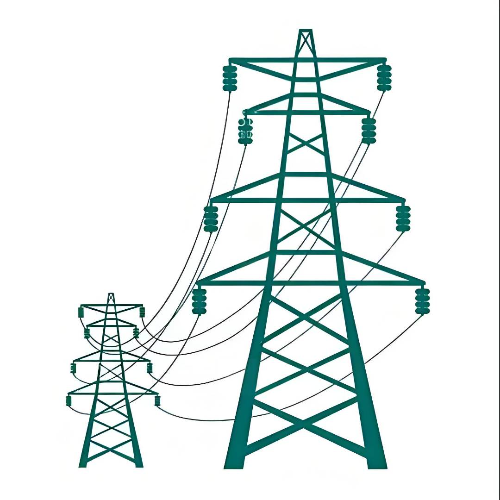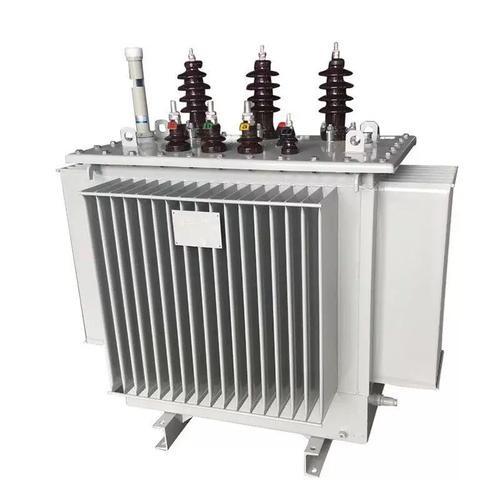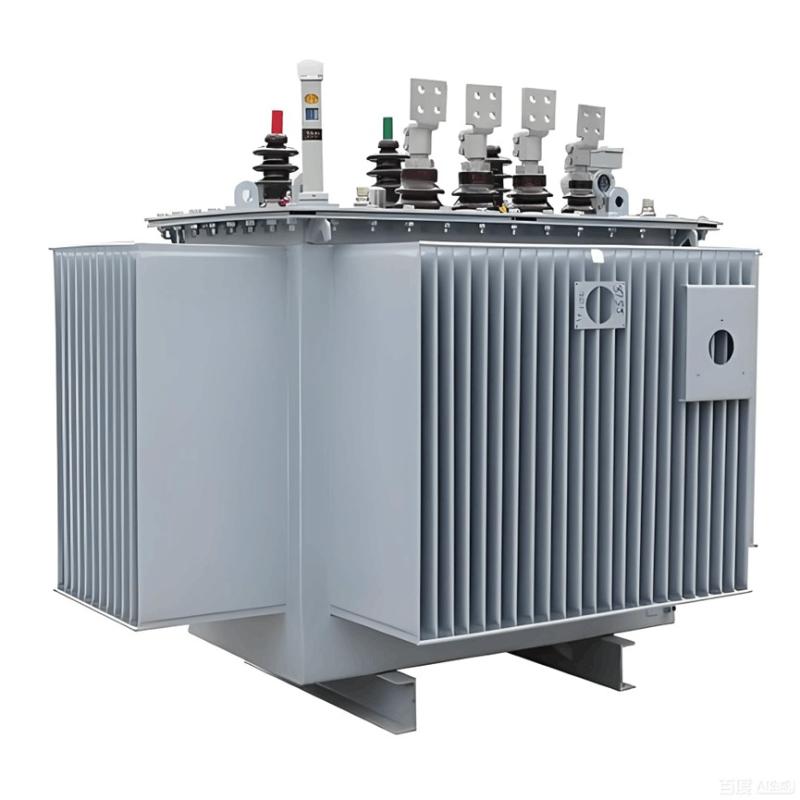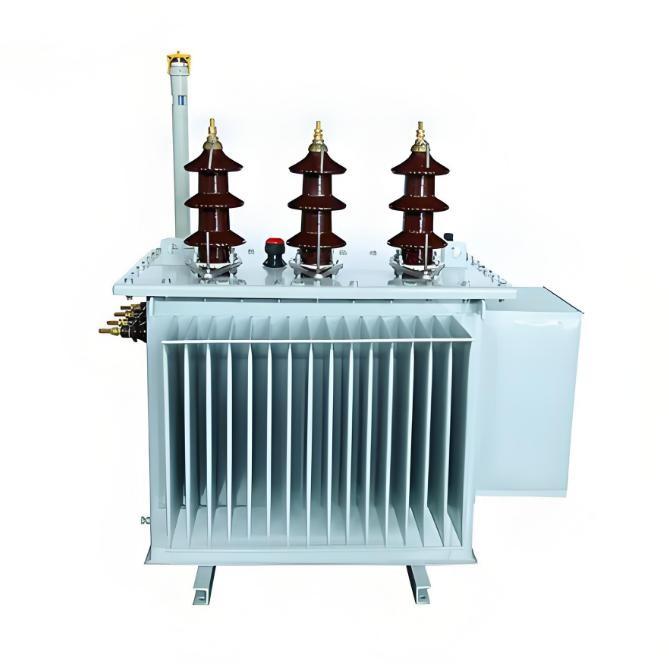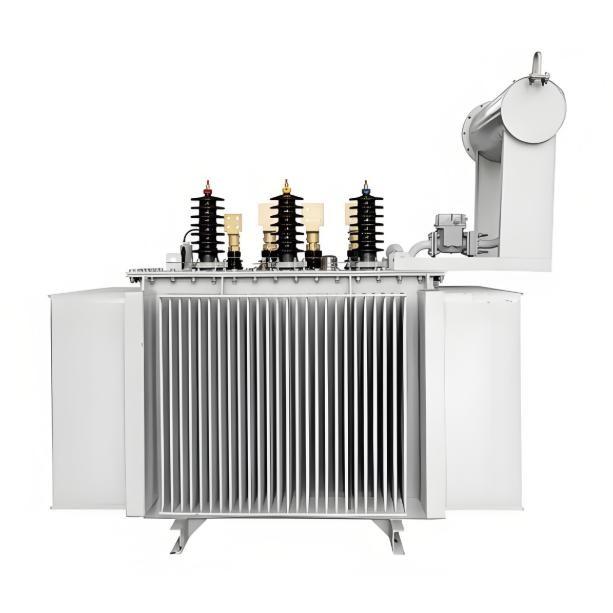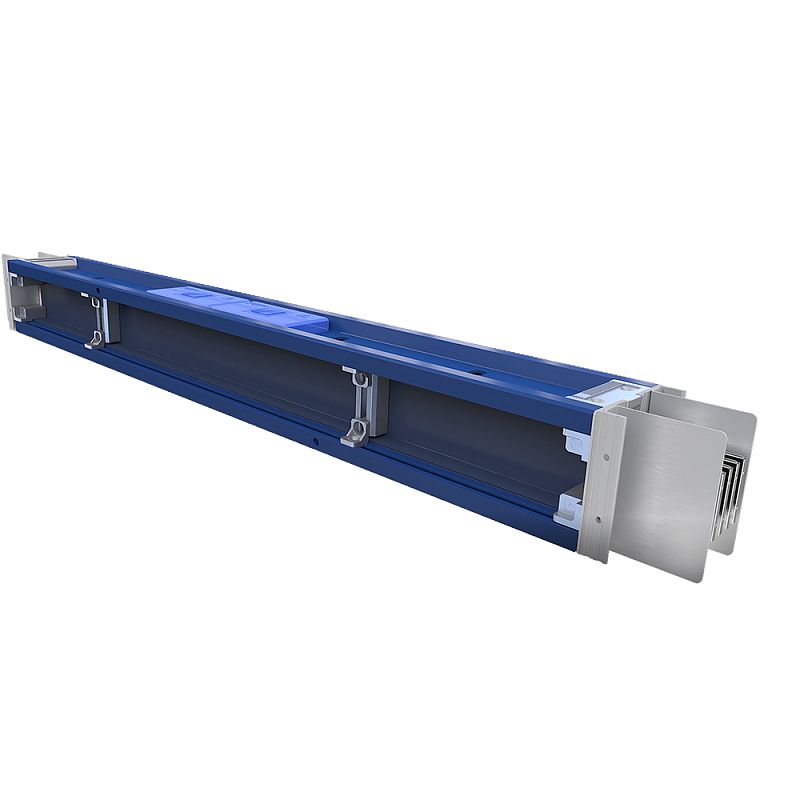Distribution networks, characterized by their wide distribution, large number of equipment, and low insulation level, are prone to insulation accidents caused by overvoltage. This not only reduces the stability of the entire distribution system and the insulation performance of the lines but also has a significant adverse impact on the safe operation of the power grid and the healthy and sustainable development of the power industry.
From a circuit perspective, apart from the power source, the power system can be equivalently represented by different combinations of three typical components: resistance (R), inductance (L), and capacitance (C). Among them, inductance (L) and capacitance (C) are energy storage components, which are the basic conditions for the formation of overvoltage; resistance (R) is an energy-consuming component, which can generally inhibit the development of overvoltage. However, in individual cases, improper addition of resistance may also lead to the occurrence of overvoltage.
Common Types and Characteristics of Overvoltage in Distribution Networks
Common types of overvoltage in distribution networks mainly include intermittent arc grounding overvoltage, linear resonance overvoltage, and ferroresonance overvoltage (including disconnection resonance overvoltage and PT saturation overvoltage).
Intermittent Arc Grounding Overvoltage
Intermittent arc grounding overvoltage is a type of switching overvoltage. Its amplitude is related to factors such as the characteristics of electrical equipment, system structure, operating parameters, operation or fault forms, and has obvious randomness. It is most common in neutral point non-effectively grounded power grids.
The energy of switching overvoltage comes from the power system itself, and its amplitude is roughly proportional to the rated voltage of the system. It is usually expressed by the multiple of the maximum operating phase voltage amplitude of the system. When operations or faults cause changes in the working state of the power grid, the magnetic field energy stored in the inductive components will be converted into the electric field energy of the capacitive components at a certain moment, resulting in an oscillating transient process, thereby generating a transient overvoltage several times higher than the power supply voltage, which is called switching overvoltage.
Intermittent arcs cause repeated changes in the operating status of the power grid, leading to electromagnetic oscillations in the inductance and capacitance circuits, and then transient processes occur in the non-fault phase, fault phase, and neutral point, resulting in overvoltage. This is intermittent arc grounding overvoltage (also known as arc grounding overvoltage). Its formation mechanism is closely related to the extinction and reignition of the arc: each time the grounding fault current naturally crosses zero, the grounding arc will have a short extinction time; when the recovery voltage of the arc channel is greater than its dielectric recovery strength, the arc will reignite. Specifically:
When the grounding current is large, the arc channel is strongly ionized, and the arc burns stably;
When the current is small, the insulation strength of the arc channel recovers quickly, the arc is difficult to reignite, and the temporary extinction can be transformed into permanent extinction;
When the current is moderate, an intermittent arc grounding phenomenon that is on and off will be formed.
Severe arc grounding overvoltage is caused by the continuous accumulation of energy in the power grid. From the perspective of limiting overvoltage, if the excess charge accumulated in the power grid during the arc ignition to extinction process can leak through the resistance within half a power frequency cycle after the arc is extinguished, the neutral point displacement voltage will be almost zero, and high-amplitude overvoltage will not be caused.
Linear Resonance Overvoltage
In the power grid, the overvoltage generated by series resonance between inductive components without an iron core (such as line inductance, transformer leakage inductance, etc.) or inductive components with an iron core whose excitation characteristics are close to linear (such as arc suppression coils, etc.) and capacitive components in the power grid (such as line-to-ground capacitance, etc.) under the action of asymmetric voltage is called linear resonance overvoltage. Its most common form is the displacement of the neutral point voltage.
According to the DL/T620-1997 "Overvoltage Protection and Insulation Coordination of AC Electrical Devices" industry standard, in the arc suppression coil grounded system, under normal operating conditions, the long-term voltage displacement of the neutral point should not exceed 15% of the nominal phase voltage of the system.
Ferroresonance Overvoltage
In the oscillation circuit of the power system, the persistent high-amplitude overvoltage excited by the saturation of the iron core inductance is called ferroresonance overvoltage. There are two typical ferroresonance overvoltages in distribution networks below 35kV, namely overvoltage caused by disconnection resonance and overvoltage caused by PT saturation, collectively referred to as nonlinear resonance overvoltage. It has completely different characteristics and properties from linear resonance overvoltage and intermittent arc grounding overvoltage. Under different parameter combinations, fundamental frequency, fractional frequency, and high-frequency resonance overvoltage may occur.
Disconnection Resonance Overvoltage: When the system is in non-full-phase operation due to wire breakage, non-full-phase action of circuit breakers, severe asynchronous operation, fusing of one or two phases of high-voltage fuses, etc., the ferroresonance overvoltage generated is disconnection resonance overvoltage. When a disconnection occurs, the three-phase symmetric potential usually supplies power to three-phase asymmetric loads, and the circuit is complex and contains nonlinear components. Therefore, it is necessary to use Thevenin's theorem and symmetric component method to convert the three-phase circuit into a single-phase equivalent circuit, sort it into the simplest LC series circuit, and then analyze the resonance conditions and perform calculation and analysis. There are three forms of one-phase wire disconnection faults: disconnection without grounding, disconnection with power side grounding, and disconnection with load side grounding.
PT Saturation Overvoltage: In the neutral point non-effectively grounded system, Y0-connected electromagnetic voltage transformers (PT) are usually installed on the buses of power plants and substations to monitor insulation conditions. During normal operation, the excitation impedance of the electromagnetic voltage transformer is very high, so the ground impedance of the network is capacitive, and the three phases are basically balanced. However, after some switching operations or the disappearance of ground faults, it will form a special three-phase or single-phase resonance circuit with the wire capacitance or the stray capacitance of other equipment, and can excite ferroresonance overvoltages of various harmonics, which is called PT saturation overvoltage. Among them, the fractional frequency resonance overvoltage is the most harmful. It will cause a significant increase in the excitation current for a long time, burn the fuse of the transformer, and even cause the transformer to overheat seriously, emit oil, or even explode. In addition, the saturation overvoltage of the voltage transformer has obvious zero-sequence characteristics.
Lightning Overvoltage
Lightning discharge is essentially a non-spark discharge phenomenon in an extremely uneven electric field with an ultra-long air gap. Its basic process includes leader discharge, main discharge, and afterglow discharge. Each lightning current formed by negative polarity lightning has a unipolar pulse waveform. The main parameters describing the pulse waveform are peak value, wave front time, and half-peak time.
Lightning overvoltage is divided into direct lightning overvoltage and induced lightning overvoltage. Among them, induced lightning overvoltage includes electrostatic induction (mainly) and electromagnetic induction components, with the following characteristics:
The polarity is opposite to that of the thundercloud, i.e., opposite to the polarity of the lightning current;
It appears in three phases at the same time with basically equal values, and there will be no phase-to-phase potential difference and phase-to-phase flashover;
If the amplitude is large, it may cause ground flashover;
The waveform is flatter and longer than that of direct lightning overvoltage;
If there is a grounded lightning protection line above the wire, the induced overvoltage on the wire will be reduced due to the electromagnetic shielding effect. The closer the distance between the lines, the larger the coupling coefficient, and the lower the induced overvoltage on the wire.
Generally, lightning protection lines are not erected along the entire line for distribution networks of 35kV and below, and only 1-2km lightning protection lines are set at the entrance and exit of substations as incoming line section protection.









